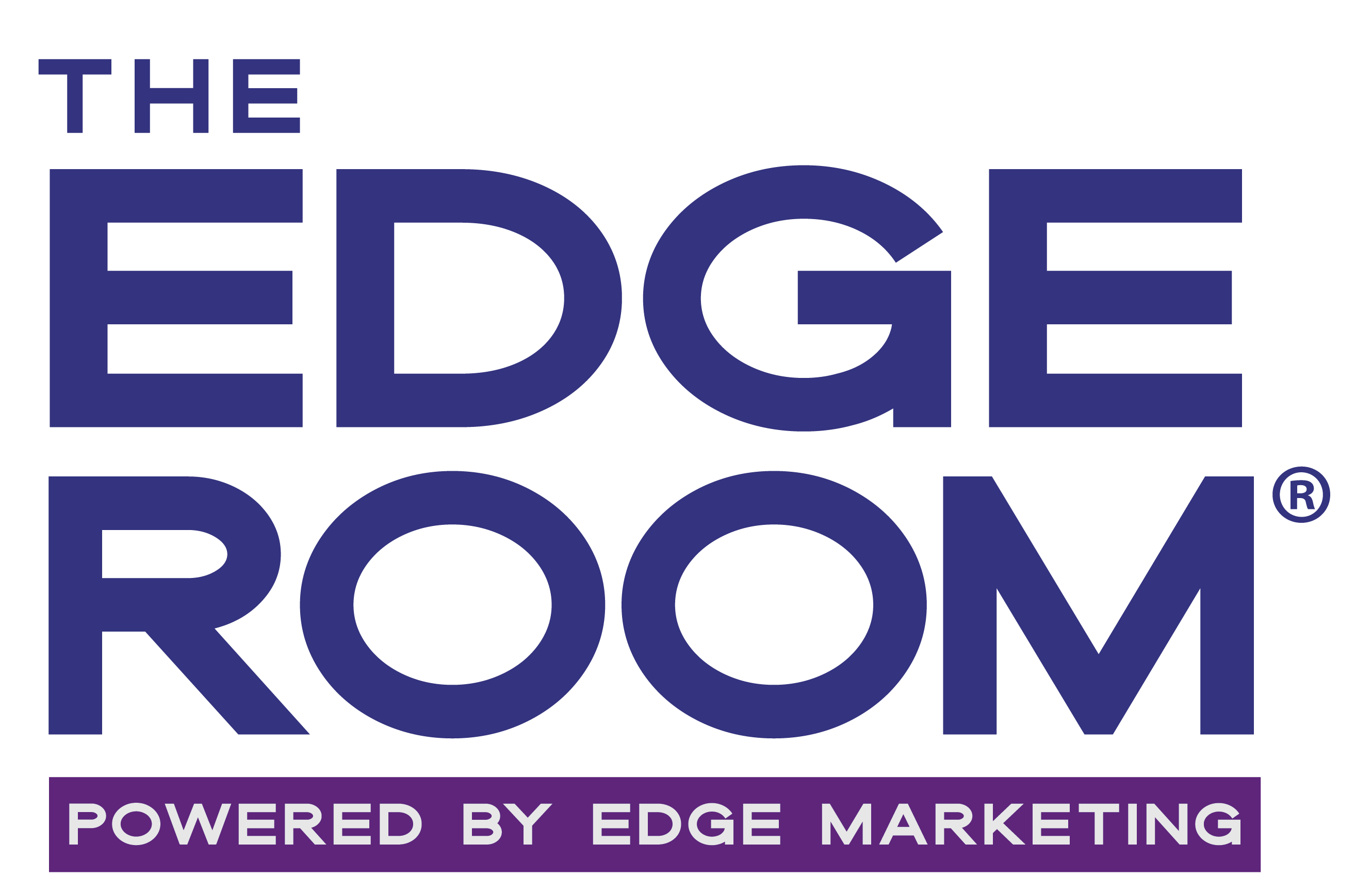Public relations, marketing, and advertising are well-established disciplines focused on communicating specific messaging to specific external audiences at specific times. Today, more executives are realizing the importance of intentional, purposeful messaging shared within their organizations.
Despite that recognition, internal communication remains an often-overlooked function. This is especially true for small- and medium-sized companies in which employees wear multiple hats and leaders often assume everyone has the information they need, when they need it. Today, when people in remote work environments may feel particularly disconnected, internal communications that promote engagement are more important than ever.
Just as with external communications like PR or marketing, a good internal communications strategy prioritizes the dissemination of the right information to the right people at the right time. It also entails collaboration among company leadership, and members of the human resources and marketing departments, to ensure messaging is tailored appropriately for each audience.
Getting started requires outlining the different categories of information typically shared internally, and understanding the organization’s various audience segments, what types of content they most easily digest or find valuable, and the best channels to reach them.
A few common types of internal messaging include:
- Executive announcements/top-down memos
- Peer communications
- General business updates
- HR information communications
- Change communications
- Crisis communications
There are countless others, and many will overlap. Recognizing the most common situations that occur within your organization will help to anticipate what types of communications should be part of your plans. Understanding how to align various components will ensure the right type is used to reach the right internal audience for each message.
In addition to planning for all relevant types of communications, it’s helpful to identify the channels your organization uses – or should consider adding – to its mix for distributing internal communications. As with external communications, outreach to internal audiences should include the formats and outlets they most use to absorb important information.
Some useful channels for sharing internal communications may include:
- In-person meetings/presentations
- Emails
- Intranets
- Collaboration or project management platforms
- Podcasts/webinars
- Videos and infographics
- Social media
- Newsletters
- Printed materials
Employees are the lifeblood of most organizations. Beyond their core roles in supporting the business, they also are ambassadors of your brand, which is why keeping them engaged and positive is critical to overall success. Internal communications play an important role in employee engagement, which can also improve productivity and reduce costly turnover.
Much internal communication occurs even without a dedicated plan; however, formalizing the activity with a thoughtful, purposeful approach will help to reinforce company values, vision and mission; promote transparency; and build trust among management and employees alike to increase employee engagement and satisfaction. Developing a strategy around internal communication shouldn’t wait for a pandemic or any other crisis to arise when you wish one were already in place.
About the Author
As a senior consultant and account manager, Jennifer Marsnik helps Edge clients develop and implement strategic PR and marketing plans that support their overall business goals. An avid sports fan, she lives in the Twin Cities area where in pre-pandemic times she enjoyed regularly attending Twins baseball and UofM Gopher football games with her family throughout the summer and fall seasons. This year she’s been playing more golf and will continue cheering on her teams from the comfort of her sofa. Skol, Vikings!

